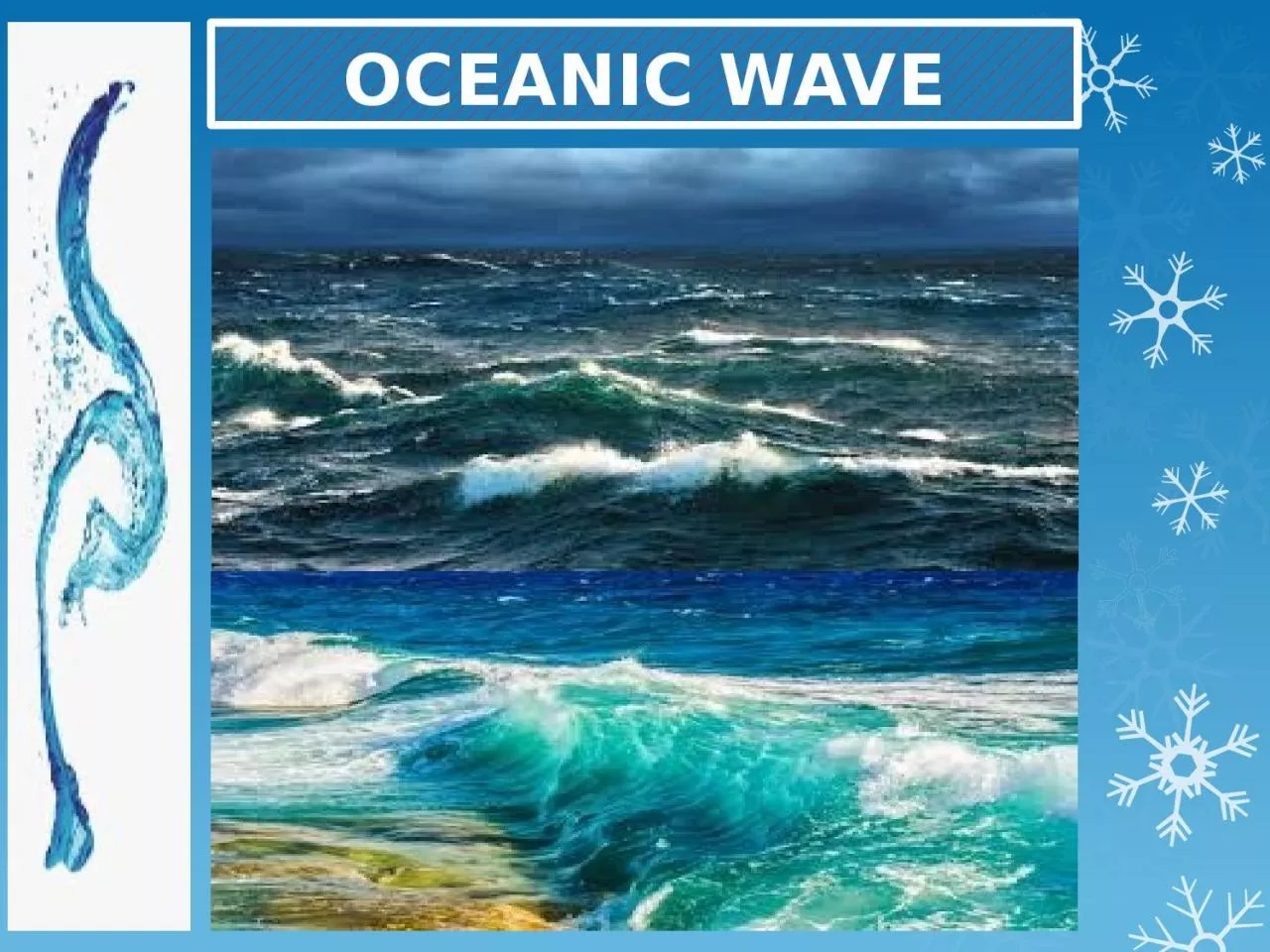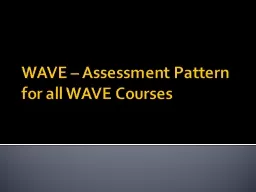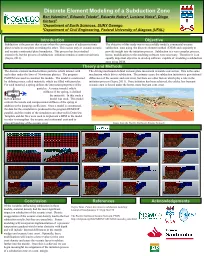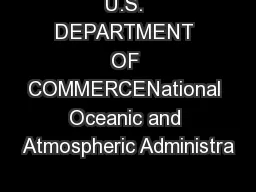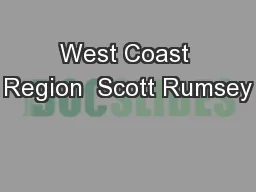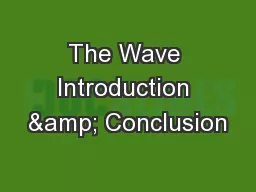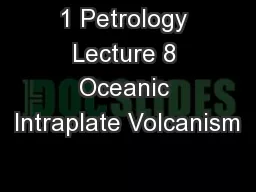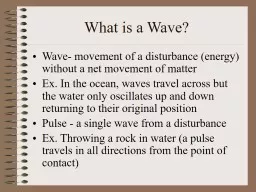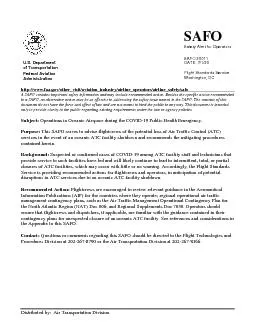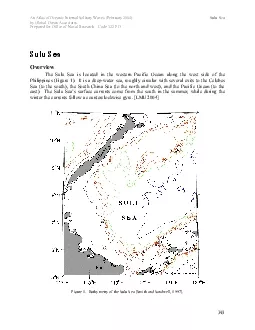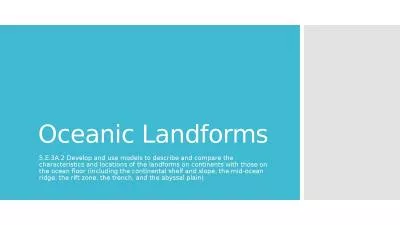PPT-OCEANIC WAVE Introduction:
Author : tremblay | Published Date : 2023-05-27
A wave is a disturbance in a medium that carries energy without a net movement of particles Ocean waves are formed as wind blows across the surface of the ocean
Presentation Embed Code
Download Presentation
Download Presentation The PPT/PDF document "OCEANIC WAVE Introduction:" is the property of its rightful owner. Permission is granted to download and print the materials on this website for personal, non-commercial use only, and to display it on your personal computer provided you do not modify the materials and that you retain all copyright notices contained in the materials. By downloading content from our website, you accept the terms of this agreement.
OCEANIC WAVE Introduction:: Transcript
Download Rules Of Document
"OCEANIC WAVE Introduction:"The content belongs to its owner. You may download and print it for personal use, without modification, and keep all copyright notices. By downloading, you agree to these terms.
Related Documents

